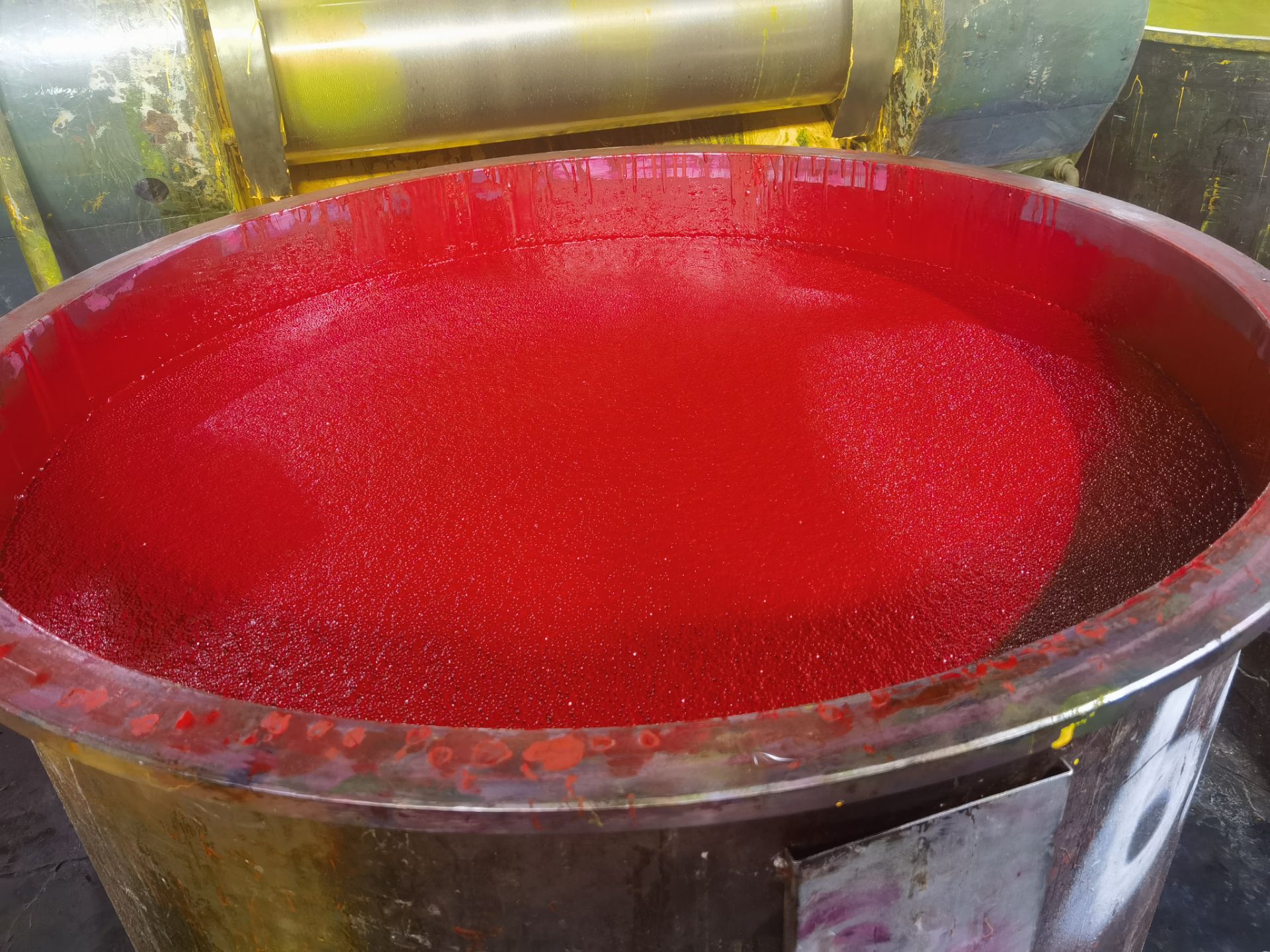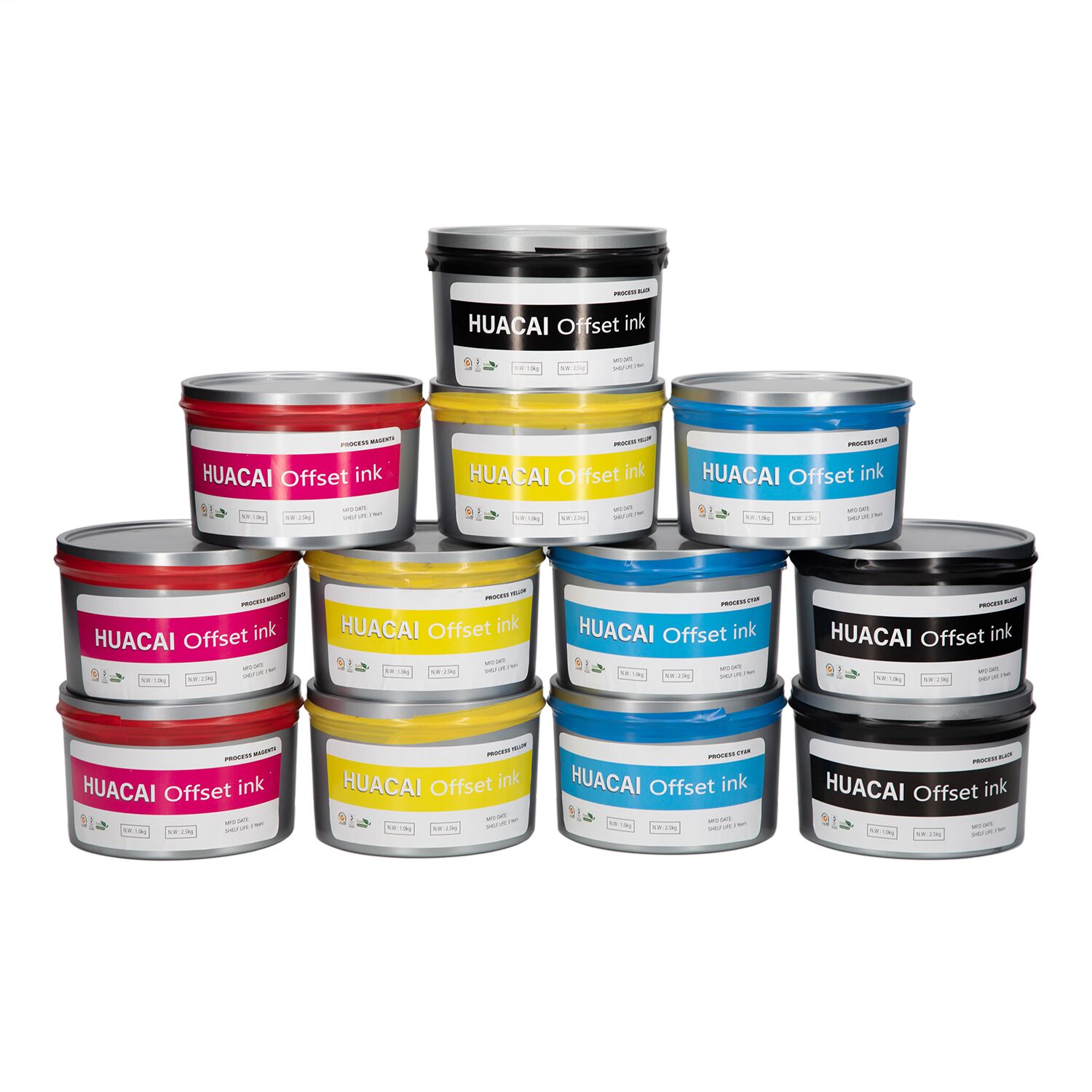
In offset lithographic inks, the production of black color is achieved through pigments.
I. Pigment Components
Carbon Black Pigment
Carbon black is the primary pigment component in black inks. It is an amorphous form of carbon, obtained by incomplete combustion or thermal decomposition of carbon - containing substances (such as natural gas, heavy oil, tar, etc.) under conditions of insufficient air. Carbon black has high tinting strength and covering power, enabling it to form a rich black color on printed matter. Its particles are fine and uniform, and can be well - dispersed in the vehicle of the ink. For example, in high - quality book printing, carbon - black pigments can ensure that the black color of the text is clear, dense, and has good optical density, providing a good visual effect of the text on the paper.
The structure of carbon black also affects the performance of black inks. Carbon - black particles have a chain - like or grape - like aggregation structure, which affects the rheological properties of the ink. Carbon black with a higher degree of aggregation can make the ink have higher viscosity and thixotropy, helping with the transfer and adhesion of the ink during the printing process. Different brands and models of carbon - black pigments may vary in particle size, structure, and surface chemical properties, which will lead to differences in ink color depth, glossiness, and drying speed.


Other Auxiliary Pigments
In addition to carbon black, small amounts of other pigments may sometimes be added to adjust the hue or performance of black inks. For example, adding some blue pigments can make black inks have a slight blue tint. This black with a blue tint appears purer and deeper visually. This is because the human eye is relatively more sensitive to blue, and an appropriate amount of blue pigment can enhance the visual effect of black. At the same time, some pigments can improve the light - fastness, water - resistance, and other properties of the ink. For example, the addition of certain metal - oxide pigments can improve the anti - aging ability of black inks to some extent, enabling printed matter to retain its color better under long - term exposure to light or in humid environments.
II. Influence of Production Processes
Grinding and Dispersion Process
During the ink production process, the grinding and dispersion of pigments are very important. Through mechanical grinding, carbon - black and other pigment particles can be broken and evenly dispersed in the vehicle. The degree of grinding affects the color intensity and uniformity of black inks. If the grinding is insufficient, pigment particles may agglomerate, resulting in uneven ink color with spots of different shades. Good grinding equipment and processes can achieve the ideal fineness of pigment particles. Generally, the fineness requirements of pigment particles in black inks are within a certain range. For example, some high - quality inks require pigment particles to be less than 10 μm, so as to ensure good fluidity and transfer performance of the ink during the printing process, enabling it to spread evenly on the printing plate and paper during flat - plate printing and form a high - quality black printing effect.
Mixing of Vehicle and Pigment
The vehicle is the liquid component of the ink, which functions to bind the pigment particles together and enable them to be transferred onto the printing material. In black inks, the mixing ratio and method of the vehicle and carbon - black and other pigments also affect the presentation of black. Different types of vehicles (such as vegetable - oil - based, resin - based, etc.) have different viscosities and drying properties. An appropriate vehicle can make black inks better meet the technical requirements of offset lithographic printing. For example, resin - based vehicles can make inks dry faster, enabling them to dry quickly during high - speed printing to prevent smudging of printed matter. At the same time, it also helps black inks form a smooth and glossy surface on the paper, enhancing the visual effect of black.
Related Products

